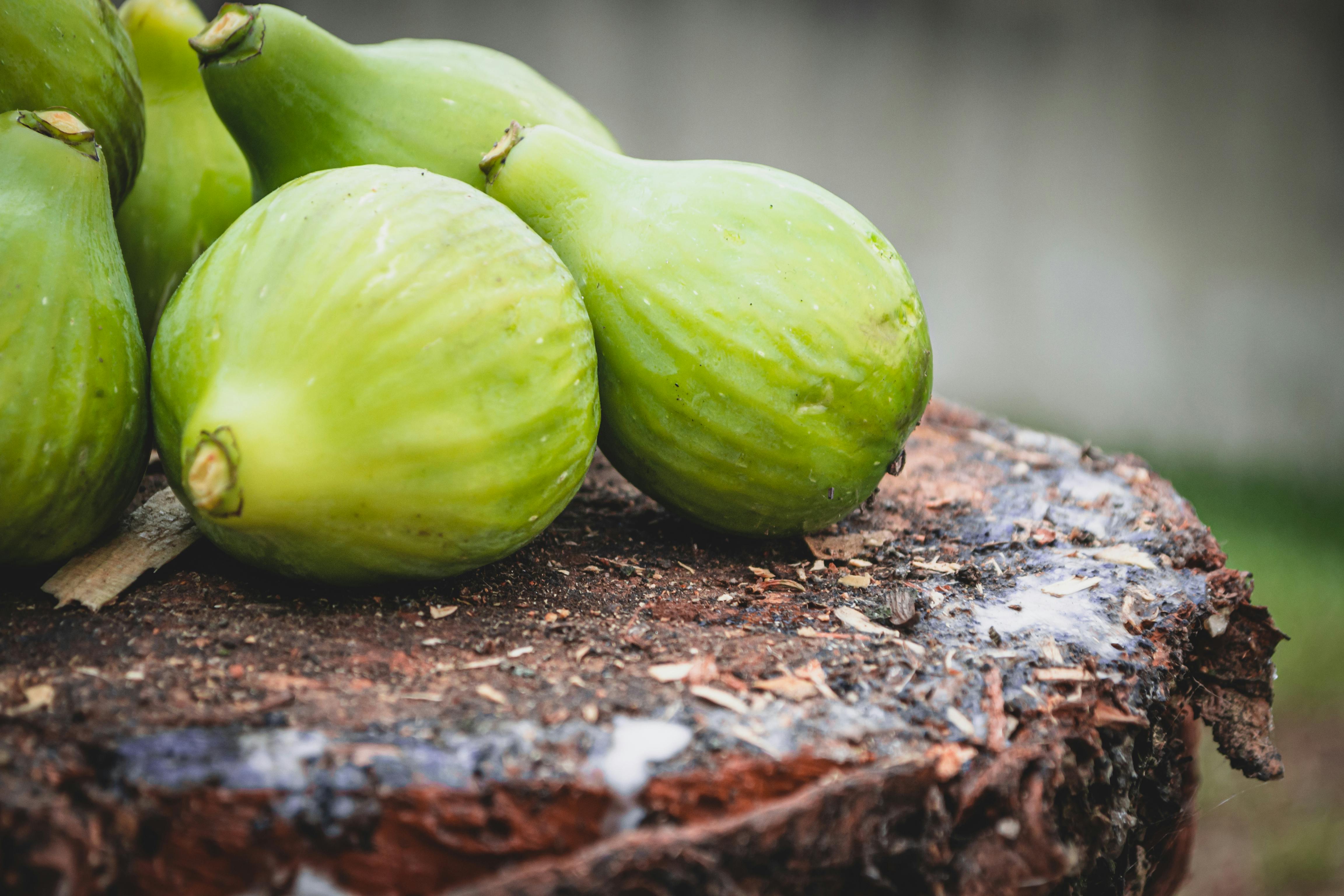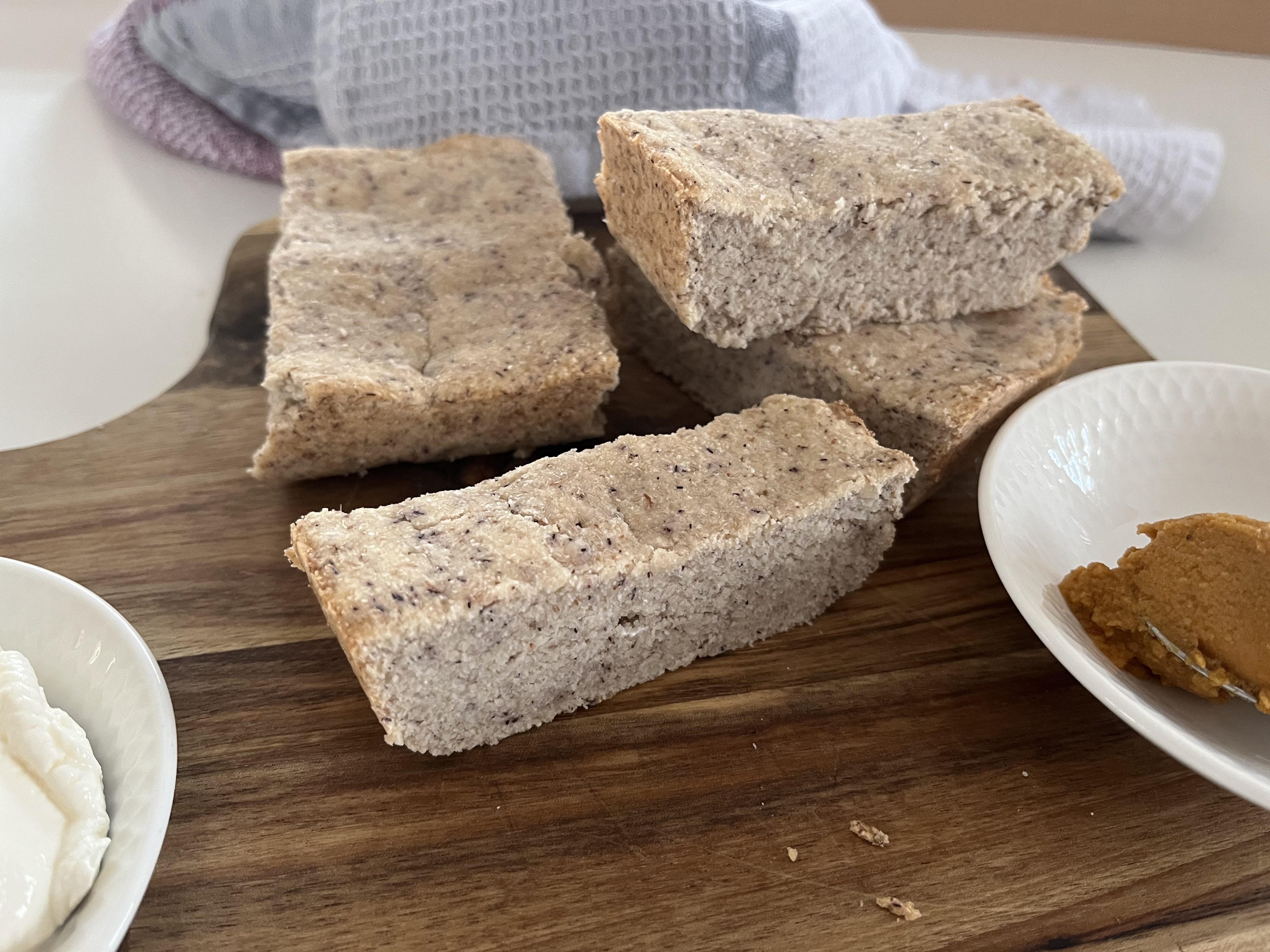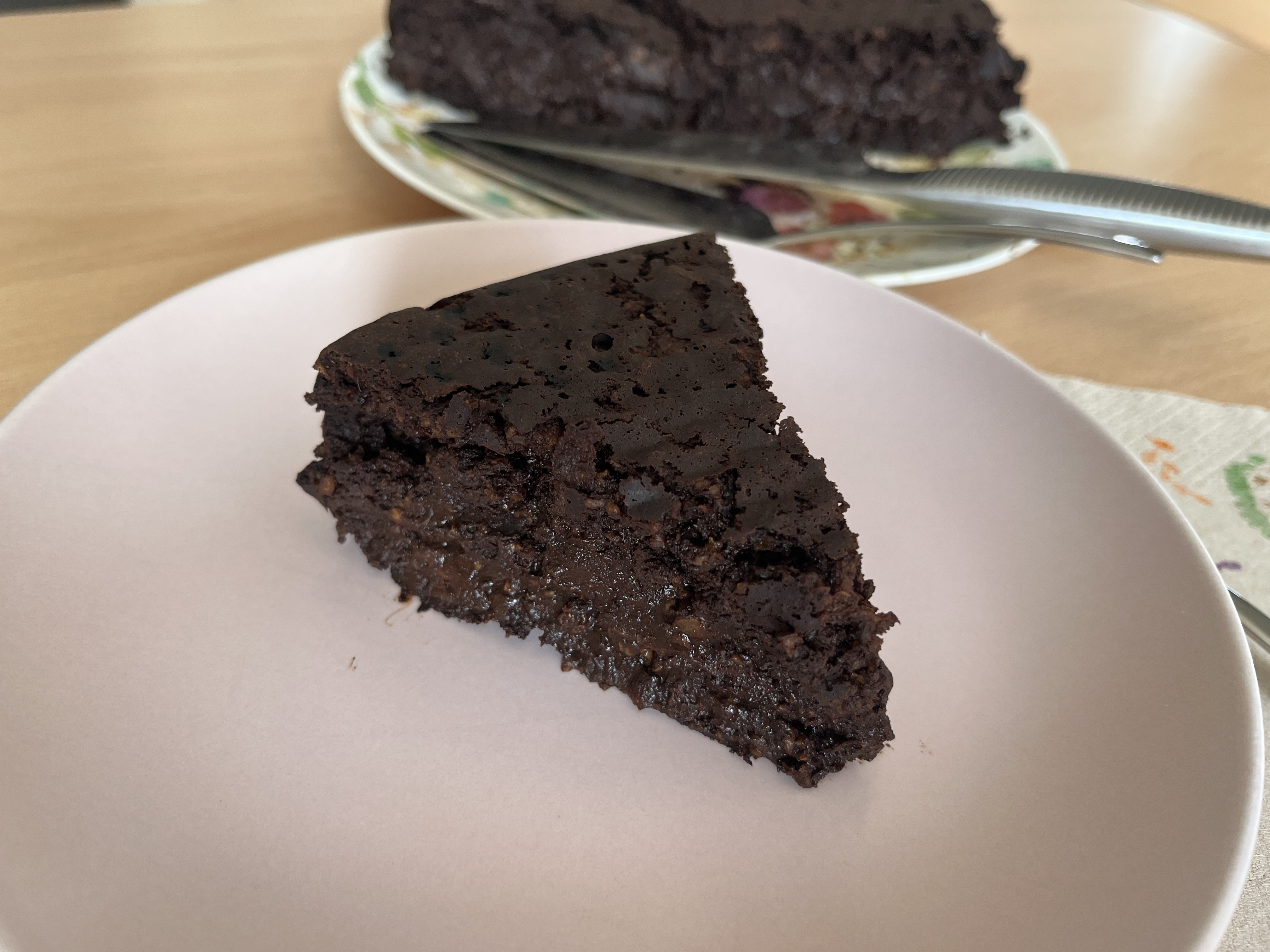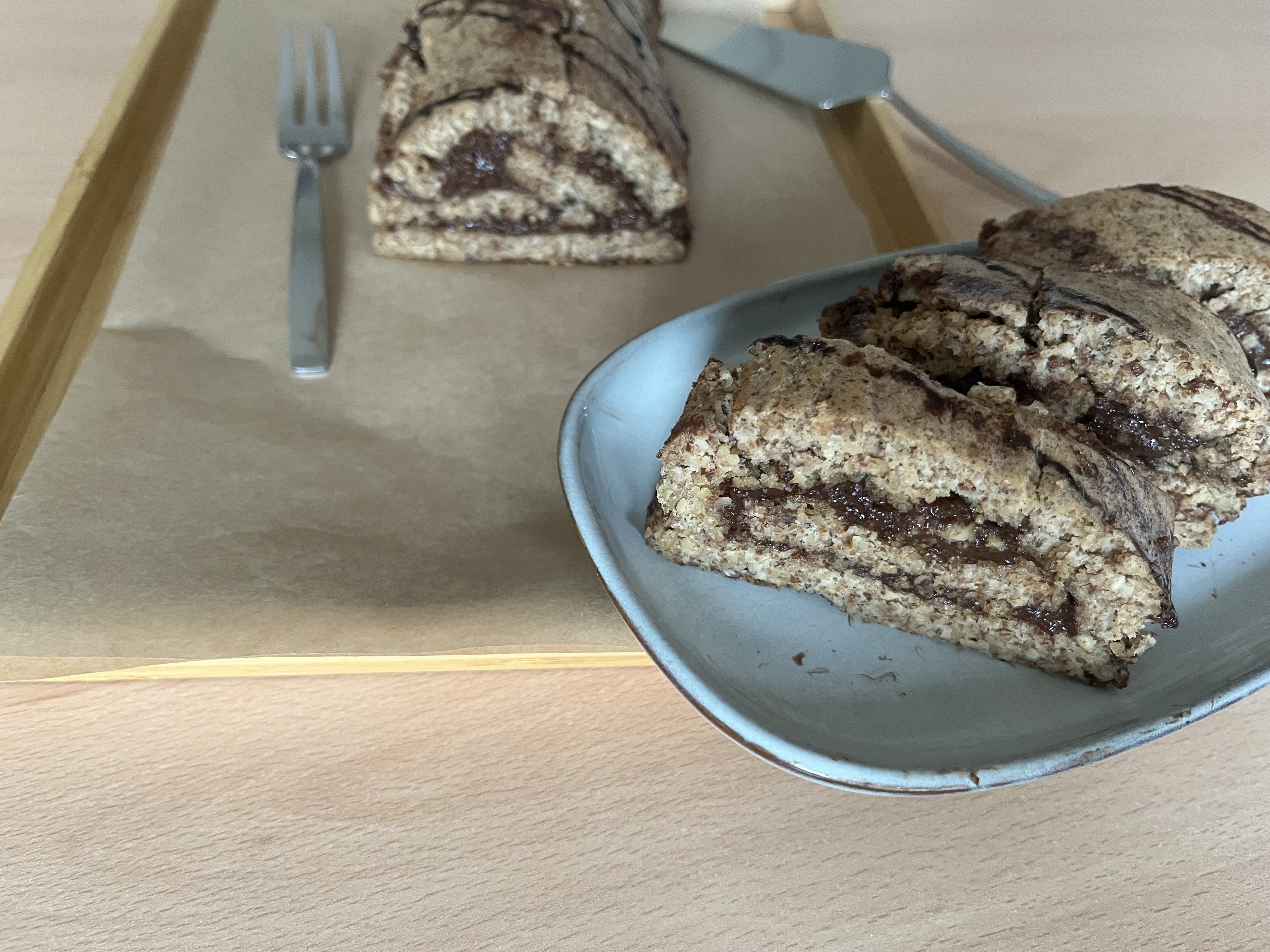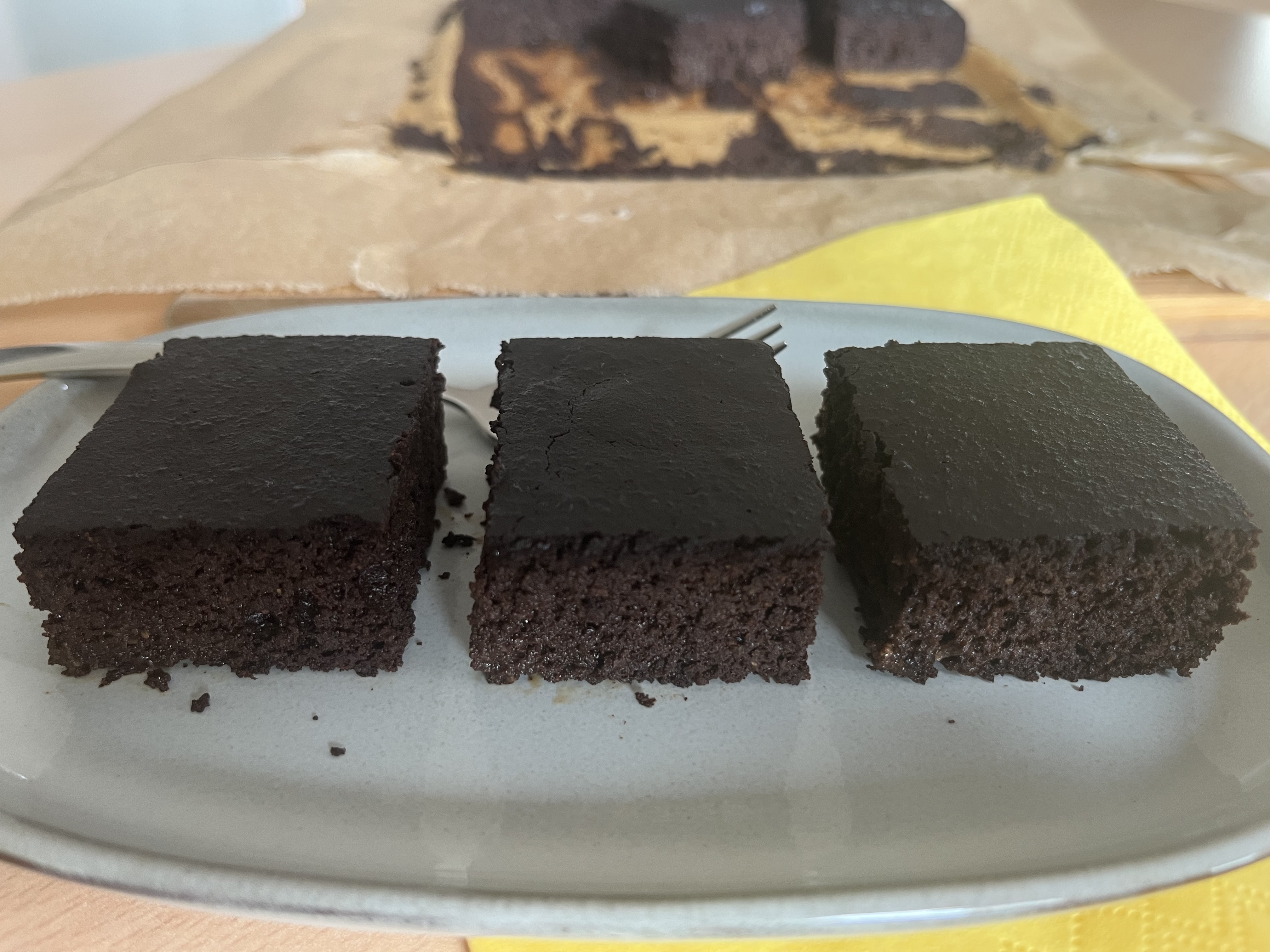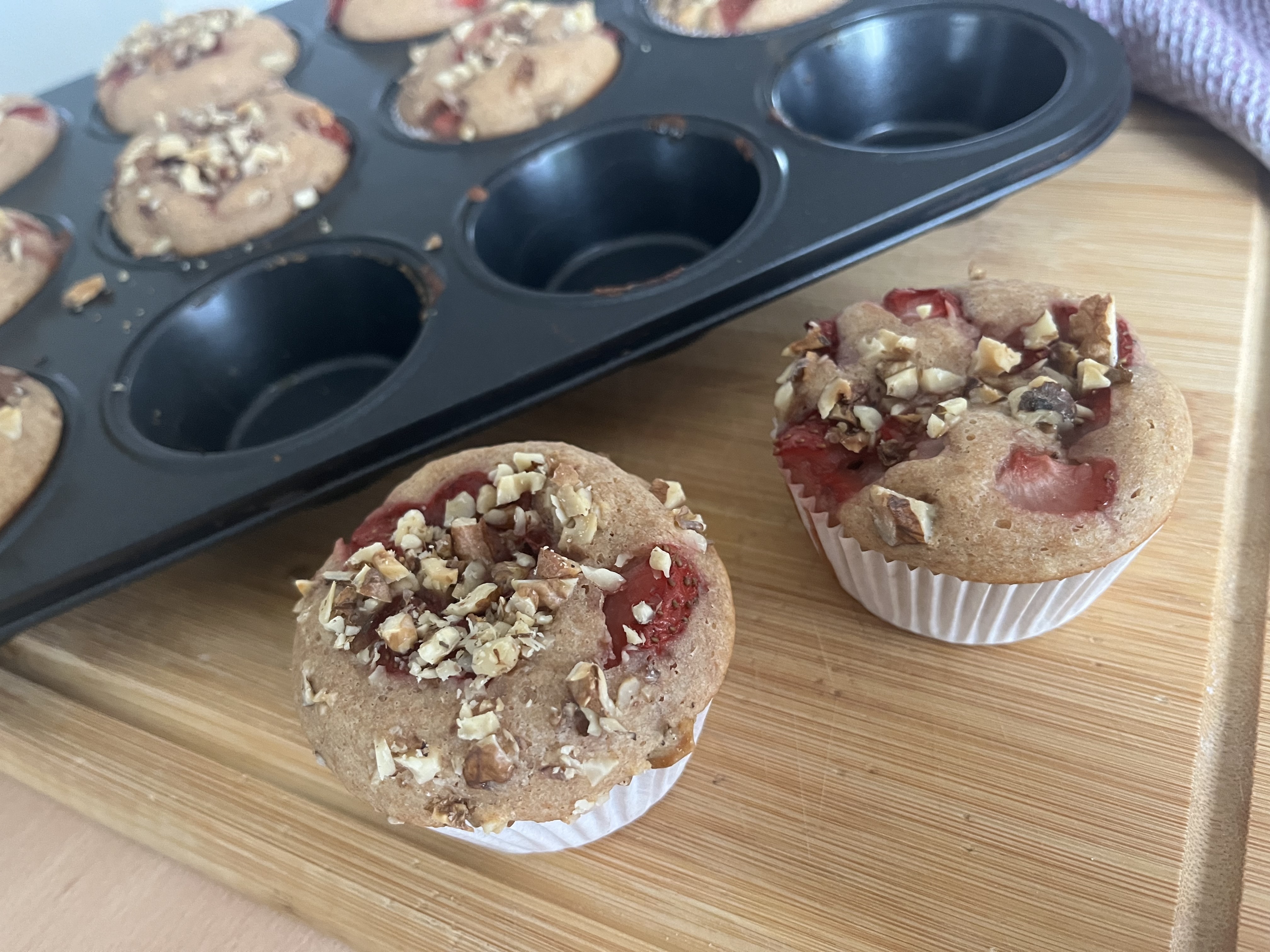 |
Nature’s Dessert Cookbook: Healthy, Delicious & Naturally Sweet Recipes Don’t want or can’t tolerate sugar alcohols and artificial sweeteners? This cookbook is for you! Every dessert is naturally sweetened with whole ingredients rich in fiber and protein, slowing sugar absorption and making them diabetic-friendly. It gathers your favorite recipes from the website—plus brand-new ones—all in one convenient place. Indulge in truly natural treats without compromise! |
 |
Diabetic Baked Goods: Everyday Bakes for Every Meal Diabetic cookbook designed to make healthy baking simple, accessible, and enjoyable. This collection of low-carb, high-fiber, and protein-rich recipes provides a reliable solution for those looking to enjoy diabetic bread and baked goods without blood sugar spikes. Every recipe includes a video tutorial, making it even easier to follow along and bake with confidence! |
 |
What Makes This Cookbook Different?
|
Is Watermelon Good for Diabetics? Nutritional Facts & Safety Tips
For people managing diabetes, this iconic fruit often raises a question: Is watermelon good for diabetics?
Having navigated this question firsthand with my son, I can say confidently that watermelon, like many other fruits, can be enjoyed safely—if you approach it wisely. In this article, I’ll share everything you need to know about watermelon’s nutritional profile, how it affects blood sugar, and practical tips for including it in a diabetic-friendly diet.
My Personal Experience with Watermelon and Diabetes
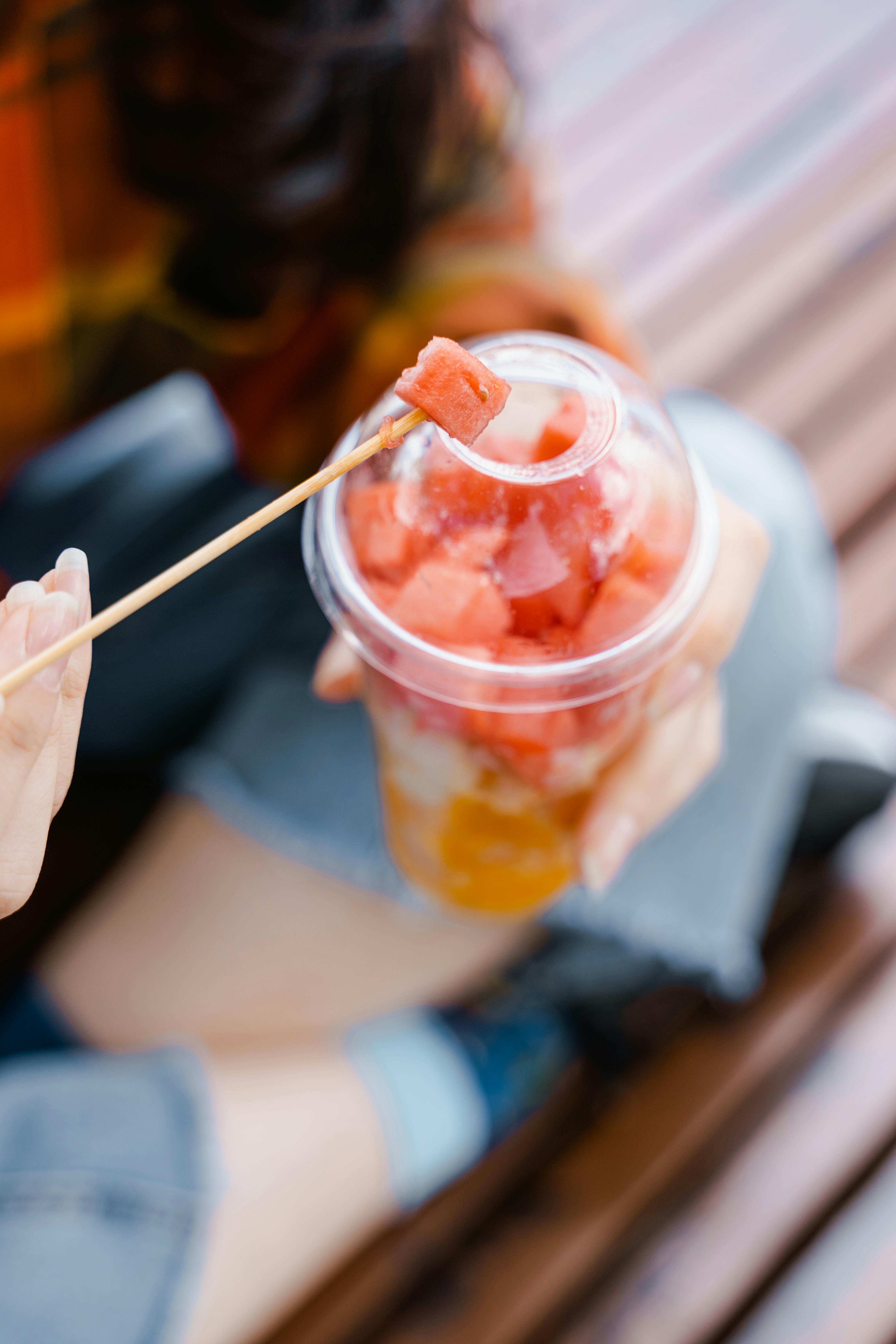
Watermelon is a favorite during hot summer days—its hydrating properties and sweetness are unmatched.
While my son doesn’t eat watermelon every day, we don’t avoid it completely. I’ve learned through trial and error that a small portion can be incorporated into his meals without causing significant blood sugar spikes. Sometimes, after active days swimming or playing outside, a chilled slice of watermelon helps him recover and rehydrate.
This personal experience has taught me that watermelon, when eaten mindfully, can be part of a balanced lifestyle. It’s all about understanding how it affects your body and practicing portion control.1
What Is Watermelon’s Nutritional Profile?
Hydration and Low Calories
Watermelon is composed of about 92% water, making it incredibly hydrating. Proper hydration is particularly essential for diabetics because it helps kidneys process and eliminate excess glucose. Its high water content also means it’s low in calories; a generous serving can quench your thirst without adding hundreds of calories.
Vitamins and Minerals
This fruit is rich in Vitamin C, which supports immune function and skin health, and supplies a good amount of Vitamin A (through beta-carotene), essential for eye health and immune defense. It also contains potassium, a mineral beneficial for maintaining normal blood pressure—especially important since many people with diabetes are at increased risk of hypertension and cardiovascular disease.
Lycopene — The Powerful Antioxidant
Perhaps the most celebrated compound in watermelon is lycopene, a natural pigment responsible for its vibrant red shade. Lycopene is a potent antioxidant linked with reduced risk of certain cancers and protection from oxidative stress, a key factor in diabetes-related complications like heart disease. Including lycopene-rich foods in your diet can be a wise move for overall health.
The Glycemic Index (GI) and Glycemic Load (GL): What You Need to Know
Watermelon’s GI typically ranges between 72 and 80, classifying it as high-GI. This sometimes causes alarm among diabetics, leading many to avoid it altogether. However, focusing solely on GI can be misleading.
Glycemic Load (GL) considers both the GI and the carbohydrate content in a typical serving. It provides a more accurate picture of how a portion of food will impact blood sugar.
For example, a one-cup serving of diced watermelon (about 150 grams) contains roughly 15 grams of carbohydrates but has a GL of around 5—meaning it has a low impact on blood sugar when consumed in moderation. An important point is that the high GI is offset by the high water and fiber content, resulting in a low GL.
The key to enjoying watermelon is controlling portions. When eaten in small, measured servings, watermelon can have a minimal effect on blood sugar levels, despite its high GI.
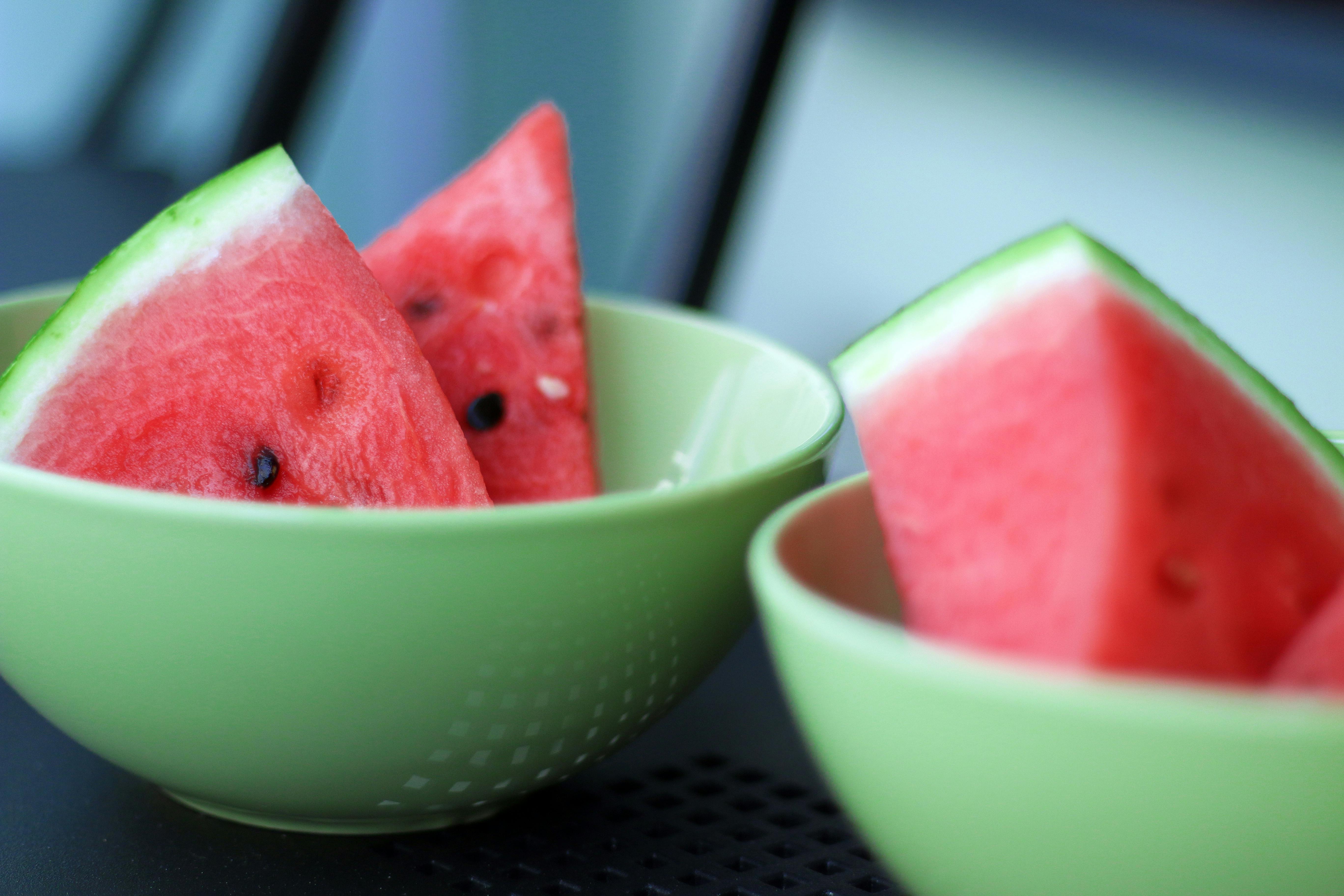
Practical Tips for Enjoying Watermelon Safely
Pairing with Other Nutrients
To further slow down sugar absorption and prevent rapid blood sugar spikes, it’s recommended to combine watermelon with other nutrient-rich foods. For example, alongside a small serving of healthy fats, fiber-rich fruits, or proteins. Some good combinations include almonds, low-fat Greek yogurt, or a slice of whole-grain bread with a piece of cheese. These pairings help stabilize blood sugar levels and prolong the feeling of fullness.
Always Consider Timing and Meal Composition
The ideal way to enjoy watermelon is as part of a balanced meal or snack — not on an empty stomach. For instance, after a protein- and fiber-rich dish like grilled chicken with vegetables or a fresh salad, a small portion of watermelon can be a perfect finishing touch. This way, the carbohydrate load is better managed, leading to more stable blood glucose levels.
Listen to Your Body
Most importantly, monitor how your body reacts. Checking your blood sugar before and at intervals after eating watermelon can give you valuable insights. This personalized approach allows you to adjust portions, choose more suitable times for consumption, and pair watermelon with other foods to minimize blood sugar fluctuations.
Why You Shouldn’t Give Up on Fruits
Our natural tendency is to crave sweet flavors, and fruits are a nutritious, delicious way to satisfy that craving. The key is moderation and selecting the right combinations. Whole fruits, with their fiber content intact, have a far better impact on blood sugar than fruit juices or dried fruit with added sugar.
Living a healthy lifestyle and maintaining a balanced diet isn’t about deprivation; it’s about understanding your body’s responses and adapting accordingly. Fruits provide vital vitamins, minerals, and antioxidants, and they shouldn’t be avoided. Instead, enjoy them thoughtfully and in controlled portions.
Conclusion: Watermelon as Part of a Healthy Diet
Despite its high glycemic index, watermelon doesn’t have to be an enemy for diabetics. When enjoyed in balanced meals or snacks, in controlled portions, it can be a nutritious and refreshing addition to your diet. Regularly monitoring your blood sugar is a valuable tool to understand your personal responses and help you make healthy decisions.
Enjoy the summer, savor the flavors, and nourish your body with the right choices. Fruits like watermelon are treasures of nature — healthy, delicious, and worth including in your daily routine.

